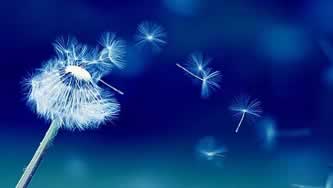Dandelion Health Benefits
Dandelion Herb Uses, Health Benefits and Side Effects
| Tweet |
|
| Dandelion is a flowering edible plant that is native from Europe and North America. It has many folkloric health benefits for kidney and liver problems...(more) |

What is dandelion? Dandelion is a flowering plant that has long lance-shaped leaves that are deeply toothed and has orange flowers that matures into a whitish globe head...(more)
Dandelion Preparation Dandelion can be prepared as tea and wine but can also be eaten fresh or cooked. ...(more)

 Dandelion flowers are fermented to make dandelion wine
Dandelion flowers are fermented to make dandelion wine

